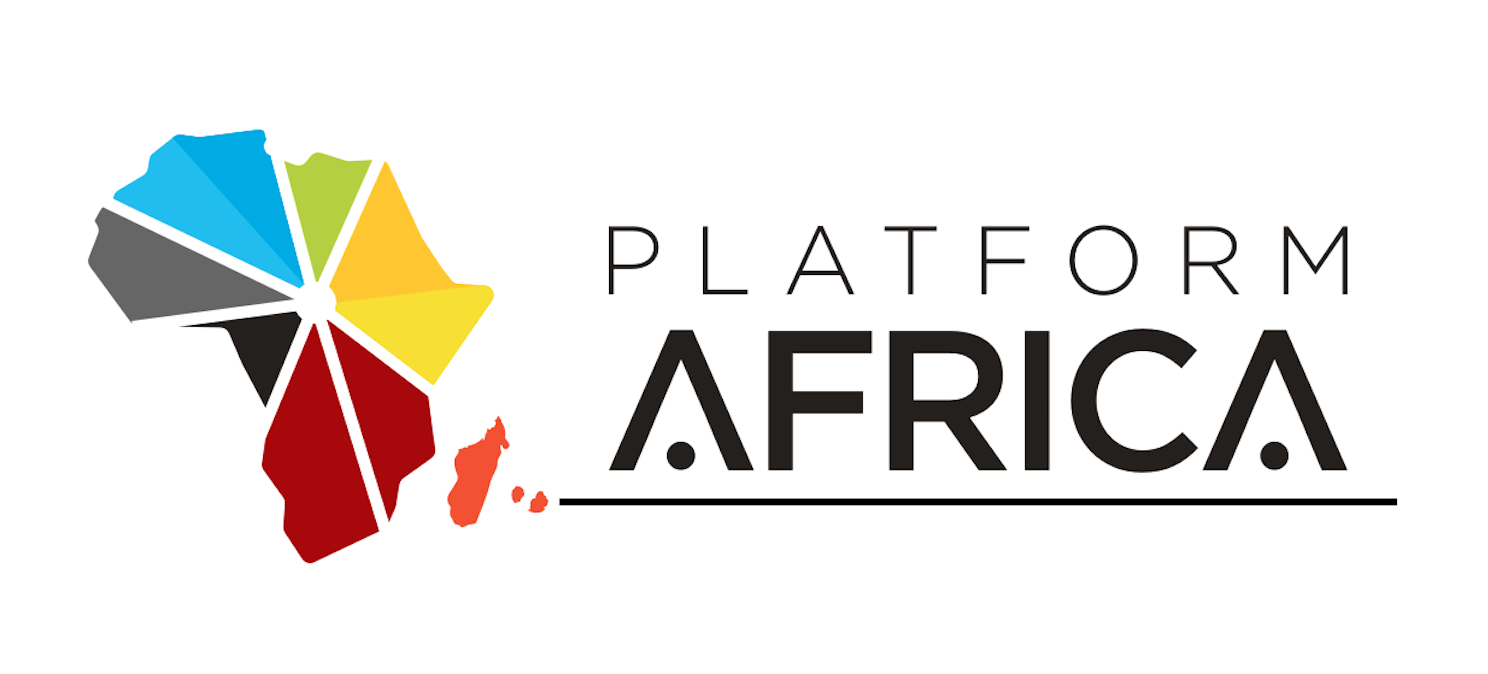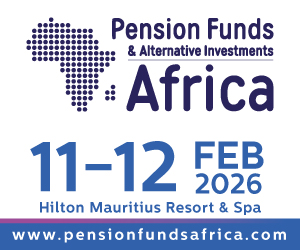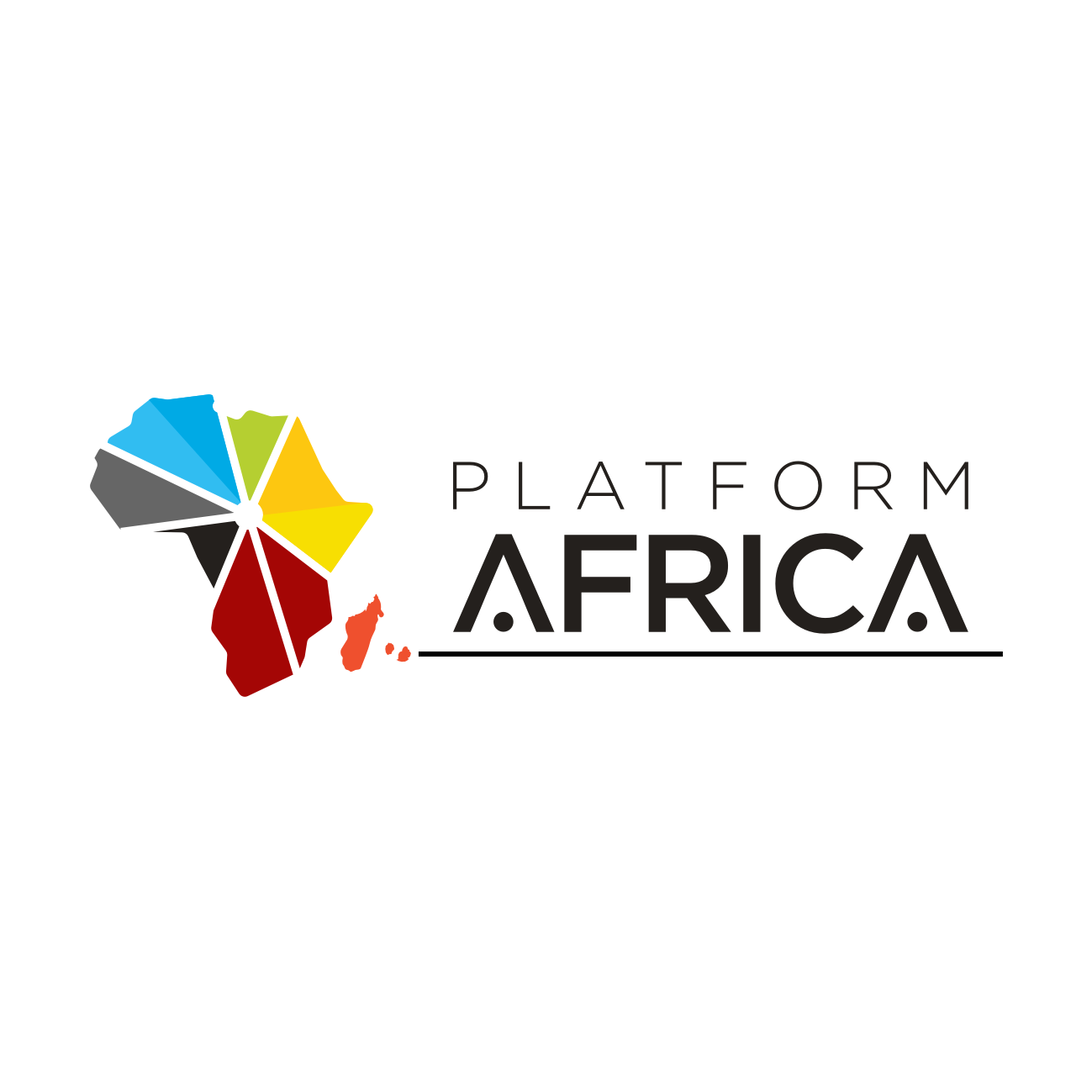By Shruti Menon Seeboo
A pivotal discussion on “Challenges and Opportunities for the Global South in a New World Order” recently convened in Mauritius, co-hosted by the Indian Business Council and the High Commission of India. The event, held on May 26, 2025, brought together key voices shaping India’s global engagement and sustainable development.
Setting the tone for the insightful session, Mr. Vimarsh Aryan, the Indian Deputy High Commissioner to Mauritius, delivered a powerful opening remark: “If you are not on the table, you possibly could be on the menu.” He underscored this urgent call to action by highlighting India’s overarching vision, MAHASAGAR, which emphasises the critical need for an equitable and inclusive world order.

Expanding on the burgeoning influence of the Global South, Mr. Aryan asserted its central role in global conversations: “We are not peripheral to global conversations — we are central to them. We must not be spoken for—but we must speak for ourselves. And we must shape, with confidence and clarity, the world that is yet to come.”
He further elucidated India’s development philosophy, portraying a relationship built on genuine partnership and mutual respect: “India’s approach is clear: we are not here as donors, but as development partners. Not as patrons, but as true friends — friends who listen, who stand by you, and who rise together.”
Concluding his address, Mr. Aryan painted a compelling picture of a future globalisation rooted in human well-being. He articulated a vision for “human-centric globalisation”, one that seeks to bring prosperity and well-being to humanity as a whole in a sustainable way, echoing the profound principle of ‘Vasudhaiva Kutumbakam’: the world is one family.

Following this impactful address, Mr. Jayasankar Seshadri, President of the Indian Business Council, introduced the day’s key speaker, Mr. Debashish Mishra, Chief Growth Officer at Deloitte South Asia. Mr. Seshadri expressed his delight, stating: “I am delighted to inform you that we have in our midst today a true visionary and leader in the sustainable energy sector – Mr. Debashish Mishra.”
Debashish Mishra’s Keynote: Navigating the New World Order
Mr. Debashish Mishra’s detailed presentation focused on the “Challenges and Opportunities for the Global South in a New World Order,” highlighting India’s strategic positioning and pathways for collaborative growth. He underscored India’s strong domestic consumption, which has seen consumption nearly double to US$ 2.3 trillion in 2024, driving approximately 56 per cent of the country’s GDP, and its stable growth propelled by robust domestic demand and rising infrastructure investment.

Mr. Mishra elaborated on India’s booming services sector, which acts as the backbone of its Gross Value Added (GVA) and trade. India’s services exports surged from US$ 53 billion to US$ 388 billion between 2005 and 2025, almost doubling the rate of the rest of the world. This growth is fuelled by India’s talent model, which is driving IT services and Global Capability Centres (GCCs) and is poised to lead even in the GenAI era.
He then addressed the transformation in India’s manufacturing landscape, noting an increased self-reliance and a shift up the value chain. The share of high-end manufacturing exports in total goods exports rose from 17 per cent in 2014 to 30 per cent in 2024. Supported by the ‘Make in India’ programme, India is moving from mere assembly to sophisticated component production, thereby reducing import dependency and attracting global manufacturers. Exports are also diversifying from petroleum products and jewellery towards electronics, engineering, and chemicals.
Mr. Mishra asserted that India is better positioned than many competing countries to navigate the changed world trade dynamics, citing its geopolitical alignment and growing number of bilateral trade deals. He emphasised that India can leverage this situation to position itself as a global manufacturing hub and a crucial trade partner.
A significant portion of his talk centred on Vision MAHASAGAR, an integrated approach to engage across the Indo-Pacific and Africa. Within this framework, India views its ties with Mauritius as a crucial gateway to deepen South-South cooperation. Key pillars of this vision include:
- Trade for Development: Increasing inter-regional trade in goods and services, building competitive advantage, and developing local currency settlement and dispute resolution mechanisms, alongside fostering SME sector cooperation.
- Emerging Technology: Promoting Digital Public Infrastructure in education, health, skilling and finance, and preparing the workforce for advancements in AI and Quantum technologies.
- Blue Economy: Enhancing maritime security and surveillance, facilitating White Shipping Agreements, providing developmental finance, and building essential infrastructure and capacity.
Mr. Mishra highlighted that engineering goods, agriculture, pharmaceuticals, and electronics collectively contributed over 50 per cent to India’s exports in FY 2024, with Production Linked Incentive (PLI) schemes and ‘Made in India’ initiatives being key drivers for innovation-driven growth. He referenced Prime Minister Modi’s vision of India emerging as a “FACTORY OF THE WORLD,” with exports rising in sectors like petroleum, machinery, electronics, and automobiles. The focus is shifting towards incentivising EV and PV cells, and Printed Circuit Boards (PCBs) over finished goods, with new labs focused on reverse-engineering machinery to strengthen backward integration into the value chain. Smartphones, with exports rising from zero to approximately US$ 24 billion in FY2024-25, stood out as a prime success story. He also noted diversification in agri-based trade, particularly in marine, fruit, and vegetable segments, with GI tags providing global recognition for commodities. PLI schemes in pharma aim to facilitate a move up the value chain from generic specialities to biosimilars, strengthening domestic API production, investing in bulk drug parks, and ensuring self-sufficiency in critical raw materials.
Turning to opportunities for Mauritius, Mr. Mishra outlined how the African Continental Free Trade Area (AfCFTA) can significantly help diversify its goods trade. He pointed out that goods with 35-40 per cent value addition in Mauritius could qualify for AfCFTA and Comprehensive Economic Cooperation and Partnership Agreement (CECPA) origin benefits. Mauritius could also leverage existing trade ties to re-export to key markets like South Africa and Egypt. He suggested that Mauritius consider adopting PLI schemes to attract investments into high-growth electronics sectors such as EVs, photovoltaics, and printed circuit boards, and promote schemes for marine and high-value pharmaceutical goods to boost its economy.
Regarding services exports, Mr. Mishra noted that IT Software Services dominate India’s total services exports, contributing around 60 per cent. India has evolved from a BPO/call centre hub to a comprehensive IT-enabled service provider. GCCs are also becoming integral to India’s service sector growth, with revenues quadrupling over the last 13 years to US$ 46 billion in FY2022-23. While IT services traditionally lead, business services, including consulting and knowledge outsourcing, are also growing. He highlighted India’s potential to grow its financial services exports, especially with GIFT City emerging as a major hub. For Mauritius, he emphasised leveraging its strategic advantages – bilingual talent, favourable time zone – through strategic government policies and incentives. He recommended expanding STEM education and digital literacy to develop a skilled talent pool and fostering an export-oriented mindset to position Mauritius as a nearshore destination for Africa, Europe, and Asia for BPO and ITeS.
Mr. Mishra also elaborated on how the Global South can leverage Digital Public Infrastructure (DPI) technologies and successful use-cases from India for its own technology development. He stressed the urgency of upskilling the workforce for future readiness in the face of next-generation technologies. Key strategies for preparing the workforce for AI/GenAI include adopting a researcher’s mindset, co-creating to redefine roles, prioritising human outcomes beyond mere metrics, and building strong academia partnerships.
Finally, Mr. Mishra highlighted India’s focus on blue economy initiatives to promote marine sustainability and support neighbouring nations’ growth. He outlined India’s “Maritime Amrit Kaal Vision 2047,” with investment targets for cruise vessels and terminal infrastructure, alongside initiatives like Sagarmanthan, Sagar-Setu Mobile App, and the Deep Ocean Mission. He detailed how India actively supports Mauritius in developing its blue economy by deploying naval ships for joint EEZ surveillance, helping combat piracy and illegal fishing, hosting the Information Fusion Centre – Indian Ocean Region (IFC-IOR), developing infrastructure on Agalega Island, conducting hydrographic surveys, and training Mauritian personnel. Under the MAHASAGAR framework, India promotes growth and security in the Indian Ocean, with Mauritius playing a key role due to its strategic location and involvement in forums like the Indian Ocean Rim Association (IORA). He also noted Mauritius’s strategic leveraging of space technology to address climate change vulnerabilities and strengthen its blue economy, with India supporting joint satellite development for Earth observation and Mauritius exploring future space projects.
Mr. Mishra’s comprehensive address provided a roadmap for how the Global South, particularly with India’s leadership and collaborative spirit, can navigate the challenges and seize the opportunities in the evolving global landscape.





Great address by Mr. Mishra and providing a comprehensive and forward – thinking analysis of India’s economic trajectory and its increasing role in the global landscape, particularly in services and manufacturing.